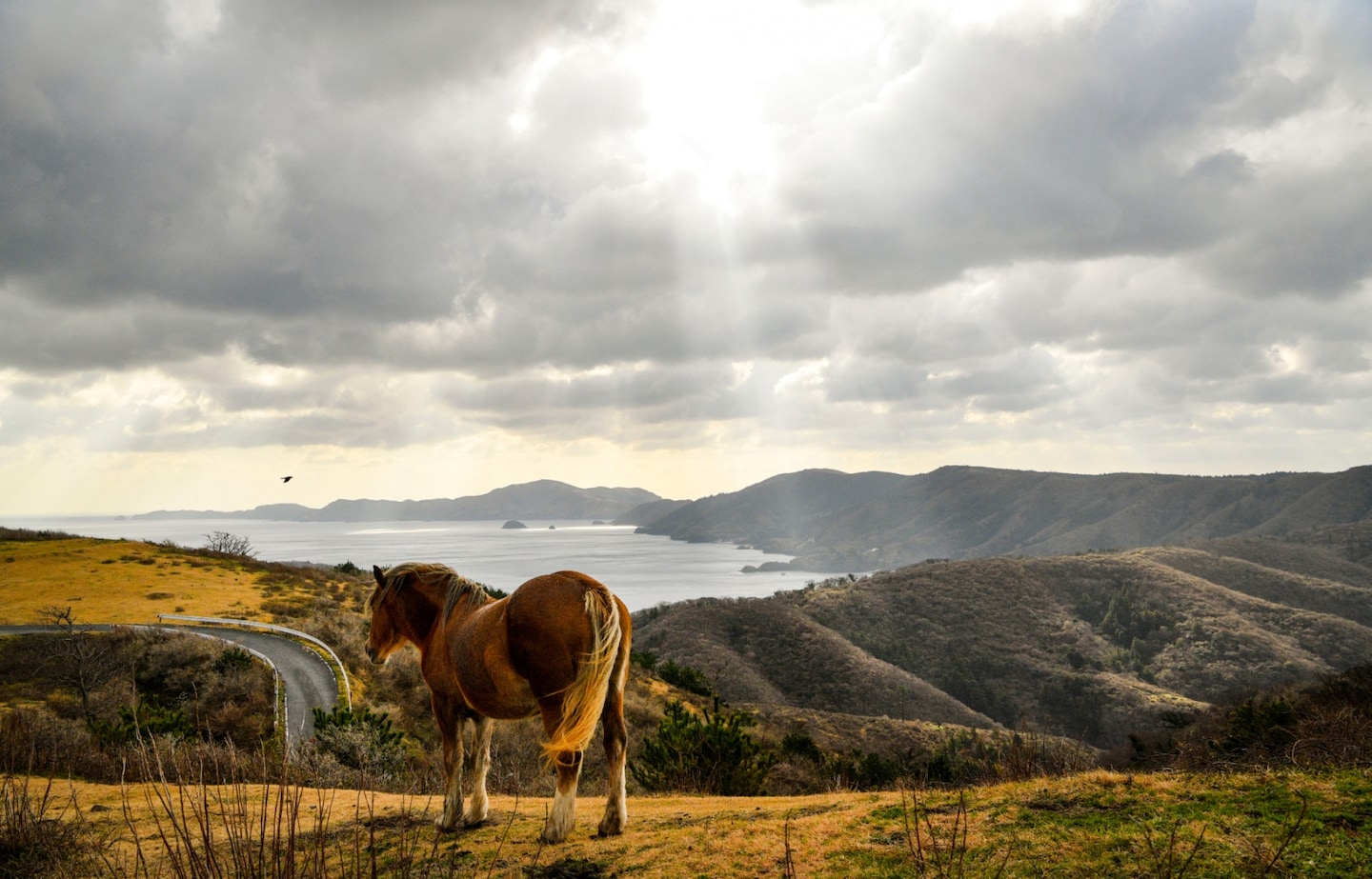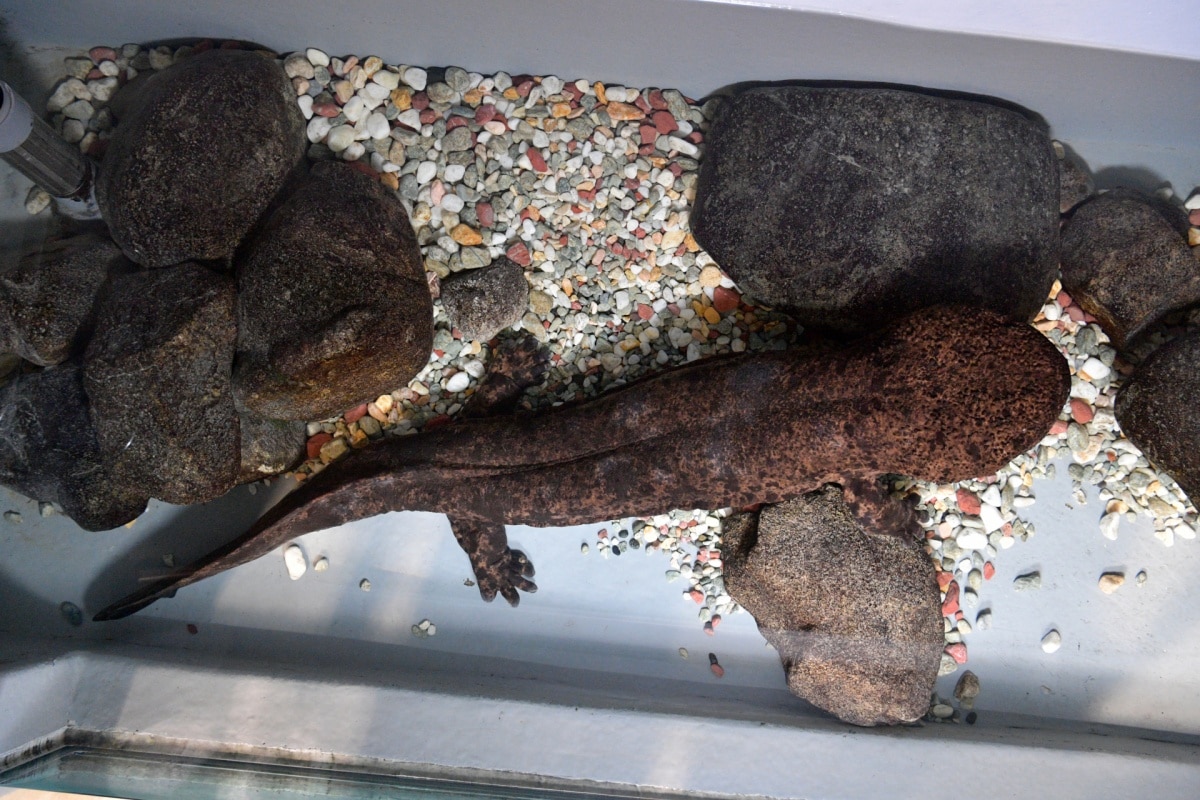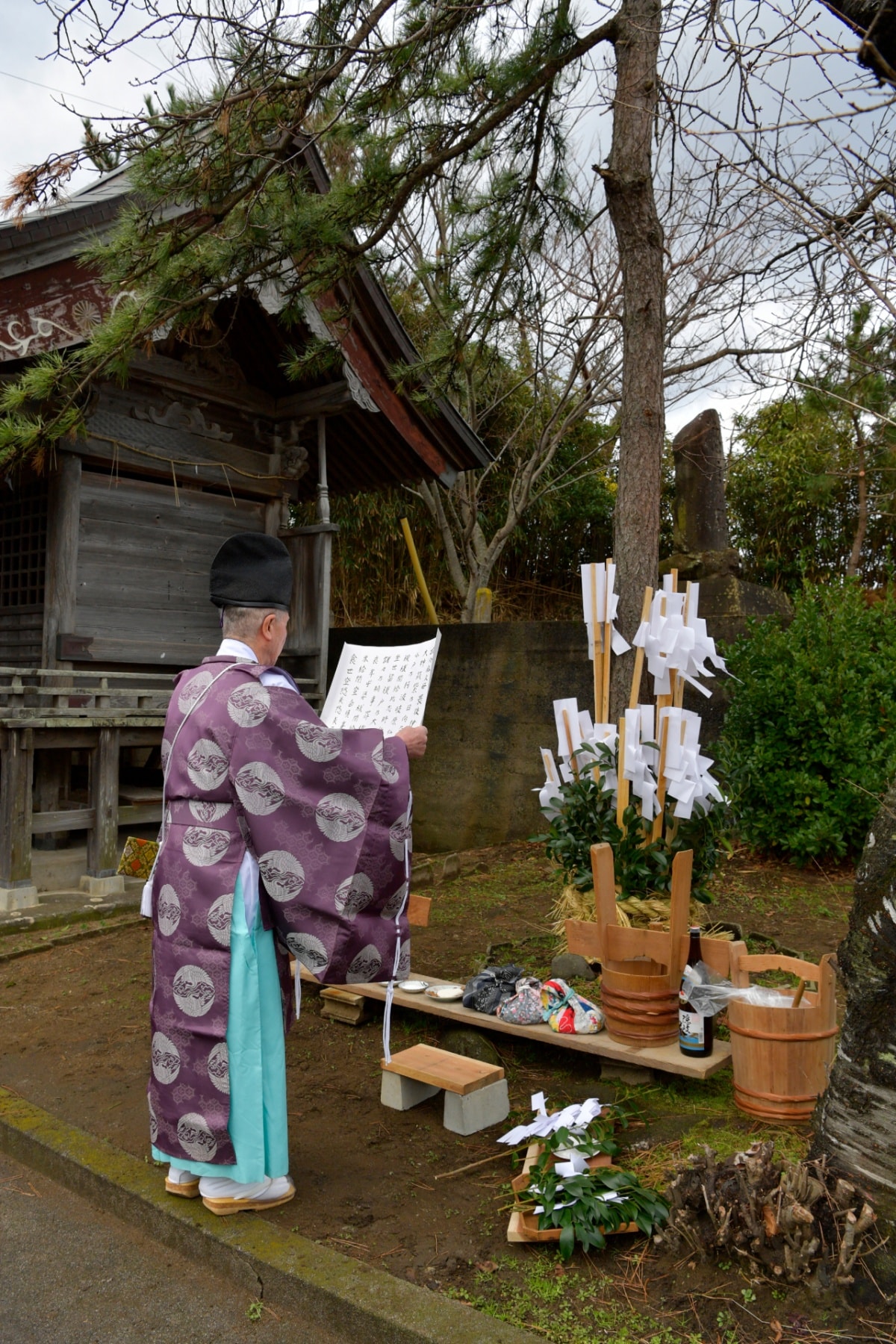Volcanoes, Islands, and Ancient Culture

Situated in western Japan inside parts of Shimane, Tottori, and Okayama prefectures, Daisen-Oki National Park rewards those willing to take the path less traveled with incredible natural beauty.
By National Parks of JapanNatural Wonders
Mt. Daisen
Naturally, we must begin with the very namesake of the park, Mt. Daisen. Towering over the coast of the Sea of Japan in western Tottori Prefecture, this large, volcanic mountain commands respect for its scale. One of Japan's 100 famous mountains, its height of 1,729 meters makes it the tallest in the western end of Honshu known as the Chugoku region.
Although a volcano, and one dormant for thousands of years at that, the shape of Mt. Daisen is hardly symmetrical, and it takes on a different form depending on the location from which it is viewed. At times it presents a smooth, conical shape reminiscent of Mt. Fuji, while from a different vantage point the broad ridge of its peaks extends out like a forbidding wall.
Multiple trails on the mountain’s slopes lead trekkers through a dense forest of beech trees, which provide cool respite in the warmer months and a collage of color when their leaves take on the hues of autumn. On a clear day from the summit, climbers will be rewarded with panoramic views of the Yonago Plain and the Shimane Peninsula, as well as the Sea of Japan.

Mt. Mitoku
Situated close to central Tottori, it is home to several key religious structures related to Japanese Shugendo, an amalgamation of Buddhism and Shintoism that practices mountain worship. Mitokusan Sanbutsuji Temple is a mountain temple built on the premises of 900-meter high Mt. Mitoku. Its rear temple of Nageiredo is built into a depression on a steep cliff face, giving it the reputation of Japan’s “Most Dangerous National Treasure.” This unique temple that seems to defy physics is off limits to visitors, so it must be admired from a vantage point just below.
Hiruzen Plateau
To the southeast of Mt. Daisen is Mt. Hiruzen, and the grassy highlands of Hiruzen Plateau at its base. Not only is this area known for abundant skiing and camping, but it also has one of the country’s best places for cycling, the Hiruzen Highland Cycling Road.
Photo: the rolling hills of the Hiruzen Highlands.

It is home to Japan’s largest Jersey cattle ranch, and also to a rather unique species, the Japanese giant salamander. This creature, regarded as a living fossil, is one of the world’s largest amphibians, with a length typically ranging between 70 and 80 centimeters. The town of Nichinan (in Tottori Prefecture, about an hour by car from Hiruzen) offers opportunities to see these salamanders up close, in their natural habitat!
Photo: the world's largest amphibian, the aptly-named Japanese giant salamander.
The Oki Islands
While most of Daisen-Oki’s terrain is found on the mainland, the Oki Islands off the coast of Shimane Prefecture comprise the latter half of the park’s namesake. Being difficult to access while capable of ensuring adequate food, clothing and shelter made this archipelago an ideal place for exiling dissident emperors in ancient Japan. Fortunately, the modern era has rendered them vastly more accessible, with frequent ferry and air transport; nevertheless, Mother Nature still retains final say on all comings and goings.
(Ferry service status: https://www.oki-kisen.co.jp/)
A visit to the Oki Islands, a UNESCO Global Geopark, reveals scenery not observed elsewhere in the country. On the island of Nishinoshima, horses and cattle graze on the grassy hills of Matengai Cliff high above the ocean. Nishinoshima is also the location of the oldest wooden structure in the island chain, Takuhi Shrine, which is dedicated to the deity of maritime safety and once served as a lighthouse given its vantage point halfway up a mountain.
Bull Sumo
On Dogo Island, the largest and most populated of the Oki Islands, ancient traditions and festivals continue to be practiced by the locals. “Bull sumo” is a traditional tournament in which two bulls ram their heads and lock horns in a contest of strength, and goes back nearly 800 years when it was started by the islanders to entertain exiled Emperor Go-Toba.

Jama-ki
While touring the numerous shrines on the island, you may also spot giant trees with straw rope wound around their trunk. The rope symbolizes a snake, a key animal in Shinto mythology, and this tradition known as “jama-ki” is performed in Shinto rituals to give thanks for the past harvest and seek blessings for the next.
Photo: a jama-ki ritual in front of a sacred tree, as part of the Kyaku Matsuri, a traditional festival to protect locals.
Ancient Legends
Izumo Oyashiro (Izumo Grand Shrine)
To call Izumo Oyashiro one of Japan's most important shrines would certainly be no understatement, given that it’s reportedly the nation’s oldest, and fulfills a unique role in hosting all eight million Shinto deities for about one week every year. Huge torii gates, a large sacred straw rope called shimenawa, and the sheer size and architectural style of the shrine buildings only underscore its place in Shintoism. Izumo Oyashiro enshrines the deity Okuninushi-no-Okami, whom Japanese mythology credits for organizing the nation’s land.
Anyone who is familiar with the traditions when visiting shrines may observe some rather atypical behavior here. For example, people avoid walking through the center of its pine tree-lined approach, which is reserved for Shinto deities, so they move along the sides instead. Shrine visitors elsewhere customarily clap their hands twice in a gesture of respect to the deity, yet at Izumo Oyashiro, they’ll clap four times.
Massive mountains near the sea, remote islands with rugged landscapes, and some of Japan’s oldest and most important religious sites—this is the incredible natural and cultural diversity that lies within Daisen-Oki National Park.



